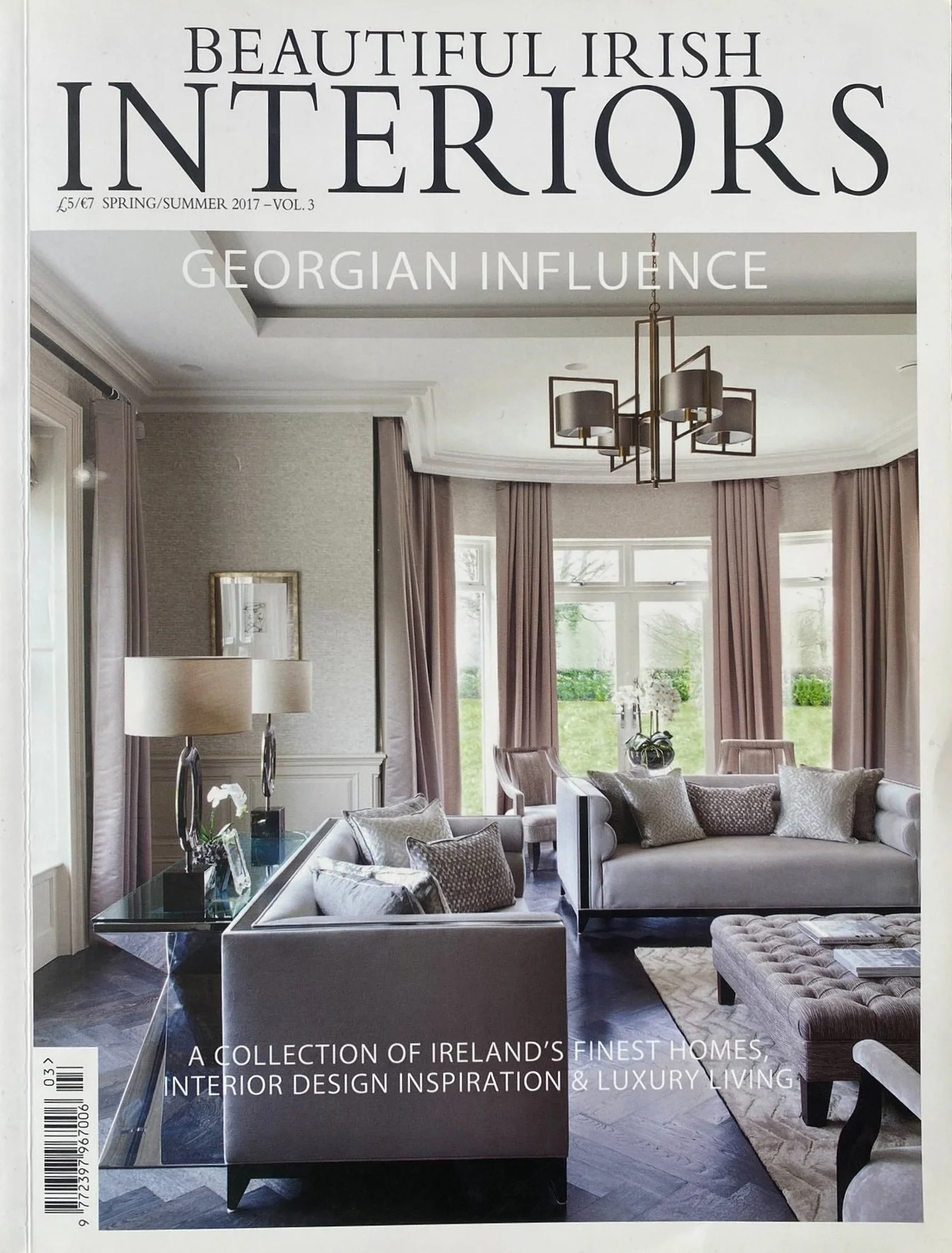FROM OFFICE TO FAMILY HOME
A Brazil Associates orangery extension and new stairs at the rear of the refurbished and newly rendered property
CASE STUDY: TERENURE TRANSFORMATION
The Terenure Transformation project is an exercise in sympathetic restoration in classic Brazil Associates style.
Our clients purchased the property thanks to its excellent location in the leafy suburb of Terenure, as well as the ample space to the front and back. They appreciated its impressive period architecture, still legible despite its conversion to an office block in the late 20th century.
The house was designed by the architect Sir Thomas Drew in 1877. Drew was one of the most prolific and successful architects in Dublin during the second part of the 19th century. He was trained under Sir Charles Lanyon in Belfast (one of the architects who designed the Gothic Residence in Killiney) before moving to work in Dublin. He was consulting architect for both St. Patrick's Cathedral and Christ Church Cathedral, among other notable buildings.
The house is now a Protected Structure, and there were many years of alterations to undo while reconfiguring it to remake the house back into a family home.
BEFORE: The rear South-facing elevation of this Victorian three-bay, two over basement property in Terenure in its state at the time of purchase. It was being used as an office block, with tarmac all around the front and back, with a later 20th century side extension.
The brief was to strip the house of its office additions and create a space for an ample, modern kitchen-dining space for the family to spend time in together.
Converting the non-original side return into this extension became a natural progression of the design as it was detracting from the house’s character, especially at the front where it was finished in a red brick that did not suit the original facade.
In order to meet the stringent standards applied to Protected Structures, several iterations of designs were carried out to design a structure that would work at the front and back, while connecting to the original house in an appropriate way.
An 1879 Ordnance Survey map showed a structure in this space, which would have most likely been a coach house. This informed the design for the front which would recreate the form of a coach house while serving as an ancillary entrance to the main, more formal entrance.
Front, North elevation of the property. The old extension is demolished in favour of a coach house-inspired atrium structure. The flat roof garage is replaced by a modest new garage, set back from the road with a new pitched roof structure.
After: The new atrium with coach-house inspired lines.
This atrium has a staircase that leads up to a landing that connects to the new kitchen-dining extension, which means you can quickly access the heart of everyday activity upon entering the home, while the formal entrance leads you to the ‘Piano Nobile’ which has been kept intact in this renovation.
Rear, South-facing elevation. The orangery-style extension that connects to the garden is staggered from the coach house entrance. All drawings property of Brazil Associates. Copyright 2023.
Before: The Garden Folly, abandoned at the end of the office lot, was to be restored among a manicured garden.
After: The Folly becomes the focal point of the landscaping design befitting the house’s scale and grandeur.

















































